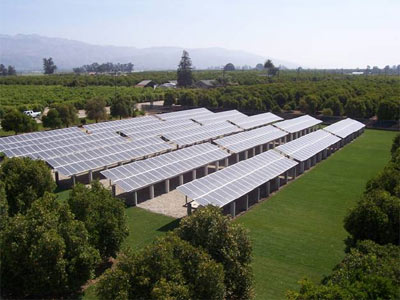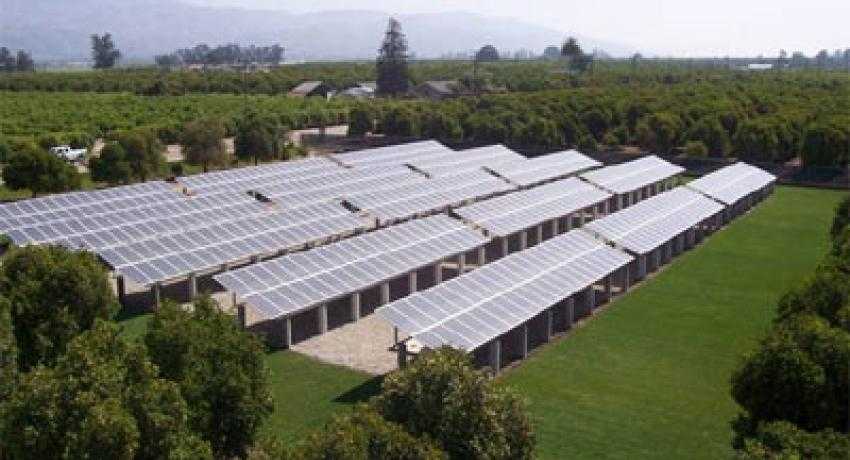Solar developer: California initiative end won't stop solar
 As the California Solar Initiative steps toward its end, at least one solar developer isn’t concerned about the impact fewer incentives could have on the industry.
As the California Solar Initiative steps toward its end, at least one solar developer isn’t concerned about the impact fewer incentives could have on the industry.
“The program was very, very well designed,” said Alan Lee, founder of EcoSolargy, a full-service solar development firm. “And right now we’re closing in on the end of it.”
There’s just one or two more steps down before the statewide rebate program disappears, Lee said. And that’s OK.
“They saw the drastic drop in the cost of solar panels coming and I have to give them credit for that,” Lee said.
In the beginning the California rebates were more than $3 per installed watt. Now they’re down to 20 cents per watt.
Some of the steps along the way were painful with 40- to 45-cent drops in the rebates. But what’s left won’t change much, Lee said.
“The rebate, the incentive is very minimal right now,” he said. “The California solar industry is no longer dependent on that rebate.”
The rebate was essential to getting the industry off the ground and it has done its job. California is leading the country in installed solar and would be among one of the most solarized countries in the world if it were a nation unto itself.
If the state comes up with a program to replace the solar initiative, Lee said “that would be icing on the cake.”
But the California solar industry is mature enough now that it can make it without state incentives.
“I believe the growth is still going to be there and the momentum will continue,” Lee said. “We’re reaching grid parity.”
While the cost of solar panels themselves isn’t likely to continue falling at the exponential rate it has fallen over the last three years, the price for installing solar could still come down another $1 per watt, Lee said. And it’s already down to $2 to $3 per watt in most instances.
The additional room for the cost to fall comes from advances in installation technology that trims the time contractors have to spend doing the work. There are also advances making inverters more efficient and affordable. And cities and counties are working on creating streamlined approval and permitting processes for solar that could create cost savings, Lee said.




